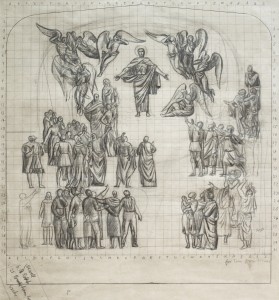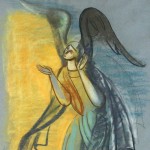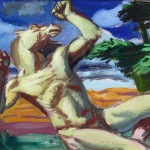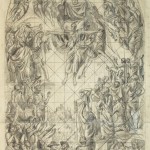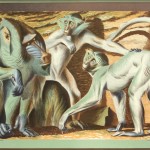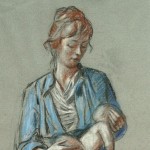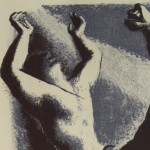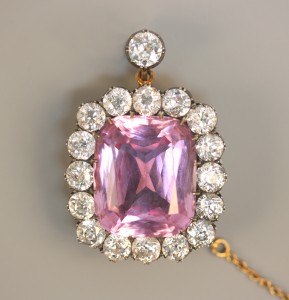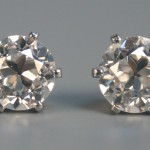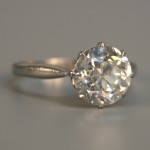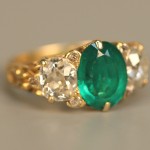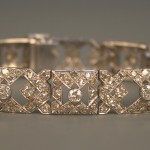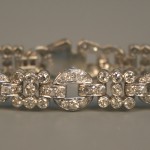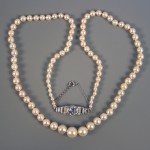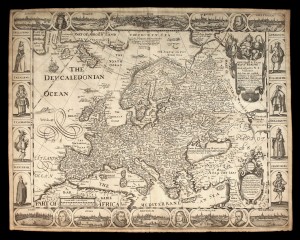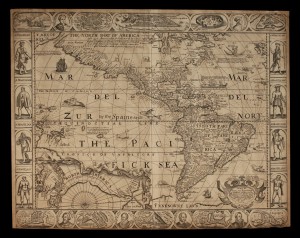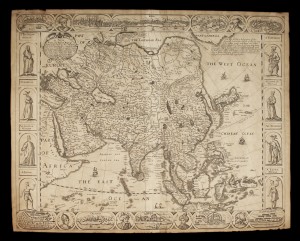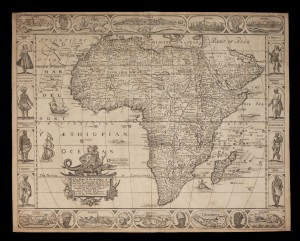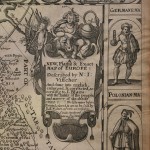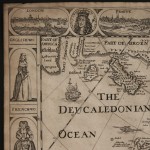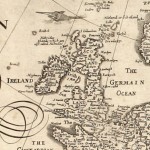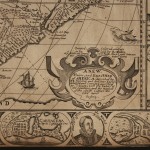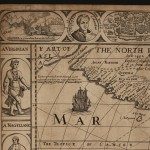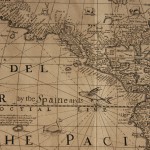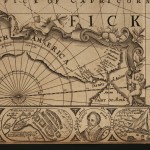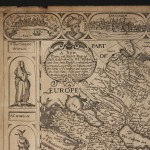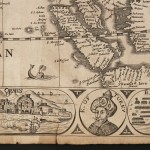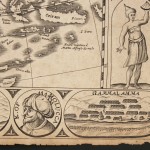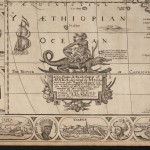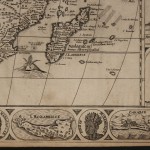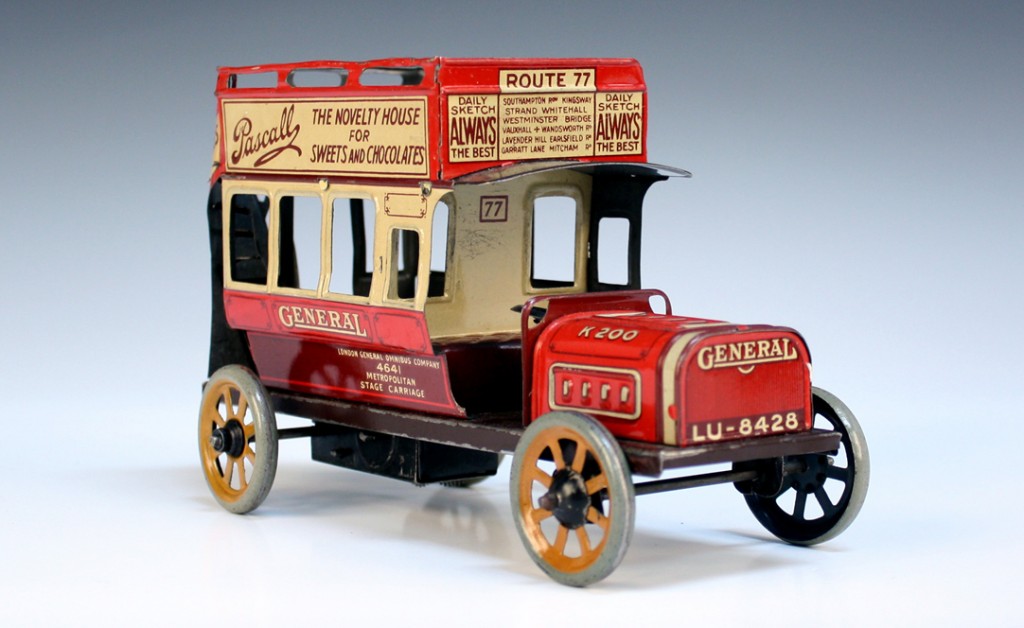
The tinplate toy’s development in the mid-19th century with it’s bold and bright colouring, tactile modelling and often superb detailing quickly replaced its wooden toy predecessors for obvious reasons. The rise in the tinplate toy was spearheaded by German manufacturers, such as Märklin, who set the high standards for the industry. Today, the city of Nuremberg is known around the world as a center for toy production and hosts the largest international toy fair. The renown of the city started with a firm called Bing.
The brothers Ignaz and Adolf Bing originally opened a distribution firm for household goods in 1866, quickly adding toys to their list of products and a manufacturing firm to their flourishing business. By 1871 the company was employing over 100 workers. The company continued to grow and at the 1882 State Exposition Bing had the largest range of wares of any exhibiting manufacturer and were already shipping to destinations around the globe. Expansion at the firm continued and when the company issued its 550 page catalogue and price list in 1912 it was the largest toy manufacturer in the world employing 2700 people. It was not until the First World War that the firm started to dwindle in popularity, the output was changed to manufacturing military goods and the company was so large it was now necessary to change to a stock company eventually splitting into several manufacturing facilities. Although splinters of the company remain today the heyday for the firm was certainly around the turn of the last century.
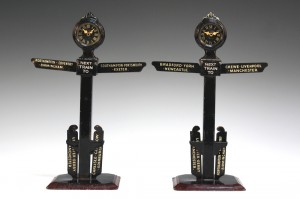
Toovey’s specialist auctions of Toys, Dolls and Games regularly include examples from this and other German toy manufacturers and the July auction is no different. Lot 3160 is a beautifully crafted early 20th century Bing tinplate clockwork open top double deck bus with external staircase. The 18cm long bus is beautifully lithographed with the London General Omnibus Company logo and advertisements for Pascall confectionery, Wright’s Coal Tar Soap and Dunlop. For collectors, condition is all important and the generally good condition of this bus is reflected in its £200-400 pre-sale estimate. Bing are probably best known for the creation of model railways and also included in Toovey’s toy auction is a pair of Bing tinplate ‘next train to’ station indicators. Each platform sign has a clock face and six changeable destination boards. The pair are a similar date to the double deck bus and are estimated at £80-120 due to a little playwear and minor rust spots.
Bing alone did not make Nuremberg the center for toy products. At one time it is believed there were more than fifty toy firms operating in the city, most of whose names have been lost or forgotten in the archives. That said, many Nuremberg-based names are still revered by collectors including Arnold Fleischmann and Lehmann, while children of today will know the modern day producers of Playmobil, Carrera and Trix, continuing the legacy of toy production in Nuremberg.
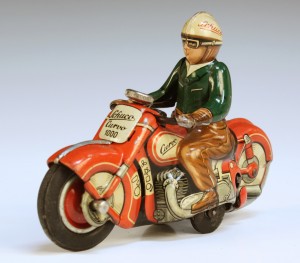
Another name joining the Nuremberg toy producer’s hall of fame was a firm established in the pre-war years of the 20th century by Heinrich Müller and Heinrich Shreyer. Also creating tinplate toys, Schreyer & Co enjoyed great success until the First World War, but with reinvestment the company survived, rebranding to Schuco in 1921. Under this trade name the company would eventually gain international fame, despite the difficulty of the second world war. In 1962, an estimated one hundred million Schuco toys were sold. Because of their vast and varied output Schuco tinplate toys regularly appear in the toy sales at Toovey’s. The auction on Tuesday 9th July features a tinplate Schuco ‘Curvo 1000’ measuring 12.5cm in length. The mid-20th century racer on a motorcycle, Lot 3165, is offered with the remnants of its original box and the original instructions. It carries a pre-sale estimate of £100-150 which illustrates that collecting tinplate toys can still be relatively affordable when buying at auction, that is unless you amass a collection to rival that of the late publishing tycoon Malcolm Forbes who was a well-known and avid collector. Tinplate toys were made throughout the 20th century with America and Japan becoming major producers too, flying the tinplate flag for Britain was Chad Valley among others. Many of the firms are still producing tinplate toys to be enjoyed by collectors now and in the future, but there is something inexplicably lovely about the vintage versions, like those waiting to be discovered at Toovey’s.
